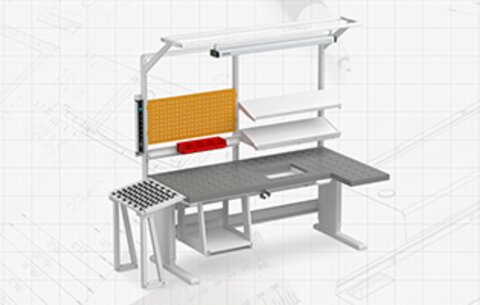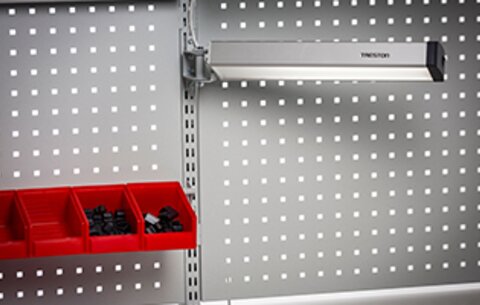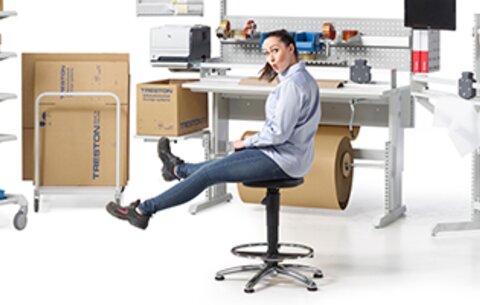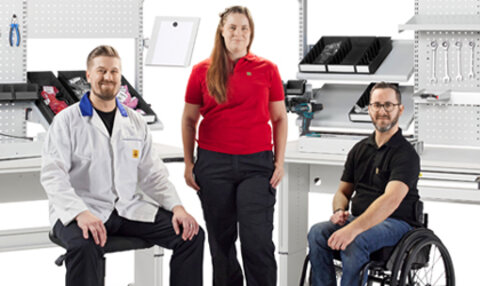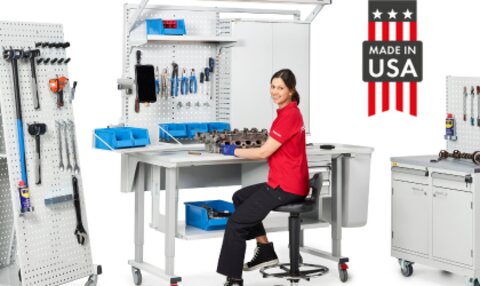

Combating Work-Related Injuries and MSDs: Protecting Workers with Ergonomics
The Alarming Statistics
In 2018, the private sector reported a staggering 2.8 million nonfatal workplace injuries and illnesses in the US. Out of these cases, nearly a third resulted in days away from work. Among these days-away cases, a significant 30% were attributed to musculoskeletal disorders (MSDs). These statistics underscore the pressing need to address the factors contributing to these injuries and implement effective preventive strategies.
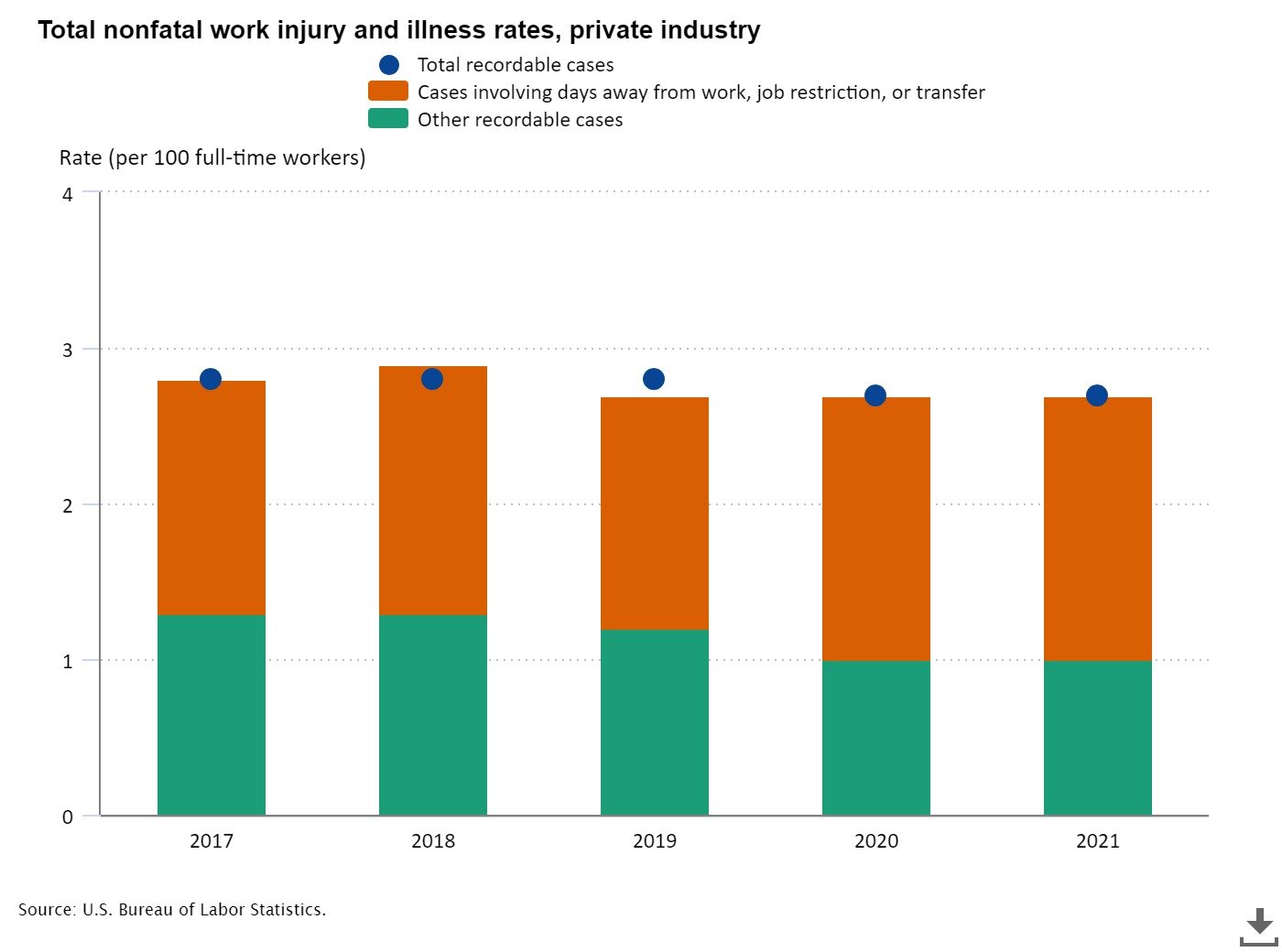
Source: US Bureau of Labor Statistics
Understanding MSDs: A Stealthy Threat
Musculoskeletal disorders, or MSDs, encompass injuries and disorders that impact soft tissues such as muscles, tendons, nerves, and ligaments. These conditions can arise due to an array of factors, including repetitive motions, awkward postures, excessive force, vibrations, and even exposure to cold temperatures. The consequences of MSDs can be debilitating, impacting the daily lives of individuals, and obstructing their ability to carry out their roles effectively.

Common MSDs include:
- Carpal Tunnel Syndrome: A painful condition marked by numbness, tingling, and discomfort in the hand and fingers.
- Tendinitis: Inflammation of a tendon, the tissue that connects muscles to bones.
- Bursitis: Inflammation of the fluid-filled sacs that cushion joints, causing pain and limited mobility.
- Low Back Pain: A widespread issue resulting from poor posture, lifting heavy objects, and continuous bending or twisting.
Preventing MSDs: A Collective Responsibility
The urgency of curbing the trend of work-related injuries and MSDs demands collaborative efforts and comprehensive strategies:
- Prioritize Ergonomics: Employers must make a concerted effort to align workspaces with workers' needs. Adjustable workstations, lifting aids, and ergonomic tools can significantly reduce the risk of MSDs. Consistent and thorough assessments of ergonomic setups guarantee that these tools are not only embraced but also utilized optimally to foster a safer work environment.
- Promote Well-being: Encouraging regular breaks, exercise, and healthy diets inspires a healthier work-life balance, decreasing the susceptibility to injuries.
- Knowledge is Power: Providing comprehensive training equips workers with the tools they need to protect themselves. Proper lifting techniques and safe equipment use are crucial aspects of injury prevention.

Consequences Extend Beyond the Physical: The Hidden Costs
The toll of MSDs extends beyond physical and financial burdens, with indirect costs playing a substantial role. Absenteeism, presenteeism (reduced productivity while at work), and employee turnover all stem from the impact of MSDs. These hidden costs can surpass the direct expenses associated with treatment and recovery.
Your body is central to all aspects of life—work, hobbies, family time, sports, and more. Injuries at work don't just affect job performance; they limit enjoyment of personal activities like playing with kids or pursuing hobbies. Work-related injuries and MSDs have far-reaching consequences beyond just medical expenses, lowering overall quality of life and activity enjoyment. This underscores the significance of preventing work-related MSDs and ensuring the health and vitality of workers.

Legal Safeguards and Workers' Compensation
Federal and state laws stand as safeguards for workers against the perils of MSDs and their consequences. The Occupational Safety and Health Act (OSHA) lays down benchmarks for workplace safety, including measures to prevent MSDs. The Family and Medical Leave Act (FMLA) grant eligible workers the option to take unpaid leave for medical reasons, encompassing MSD recovery. The Americans with Disabilities Act (ADA) prohibits the discrimination of workers with disabilities, including those grappling with MSDs.
For those who suffer MSD-related injuries, workers' compensation serves as a lifeline. This government program offers benefits such as medical coverage, lost wages compensation, and vocational rehabilitation to workers injured on the job.

The continued prevalence of work-related injuries and MSDs in the US should be a wake-up call for both employers and employees. As a nation striving for progress, we must prioritize the health and well-being of our workforce. By embracing ergonomic practices, promoting holistic well-being, and fostering a culture of safety, we can collectively combat work-related injuries and MSDs. It's not just about numbers; it's about preserving the vitality of our workers and empowering them to lead fulfilling lives both in and outside the workplace.
Learn how Treston can help you establish an ergonomics program
Sources:
U.S. Bureau of Labor Statistics https://www.bls.gov/

